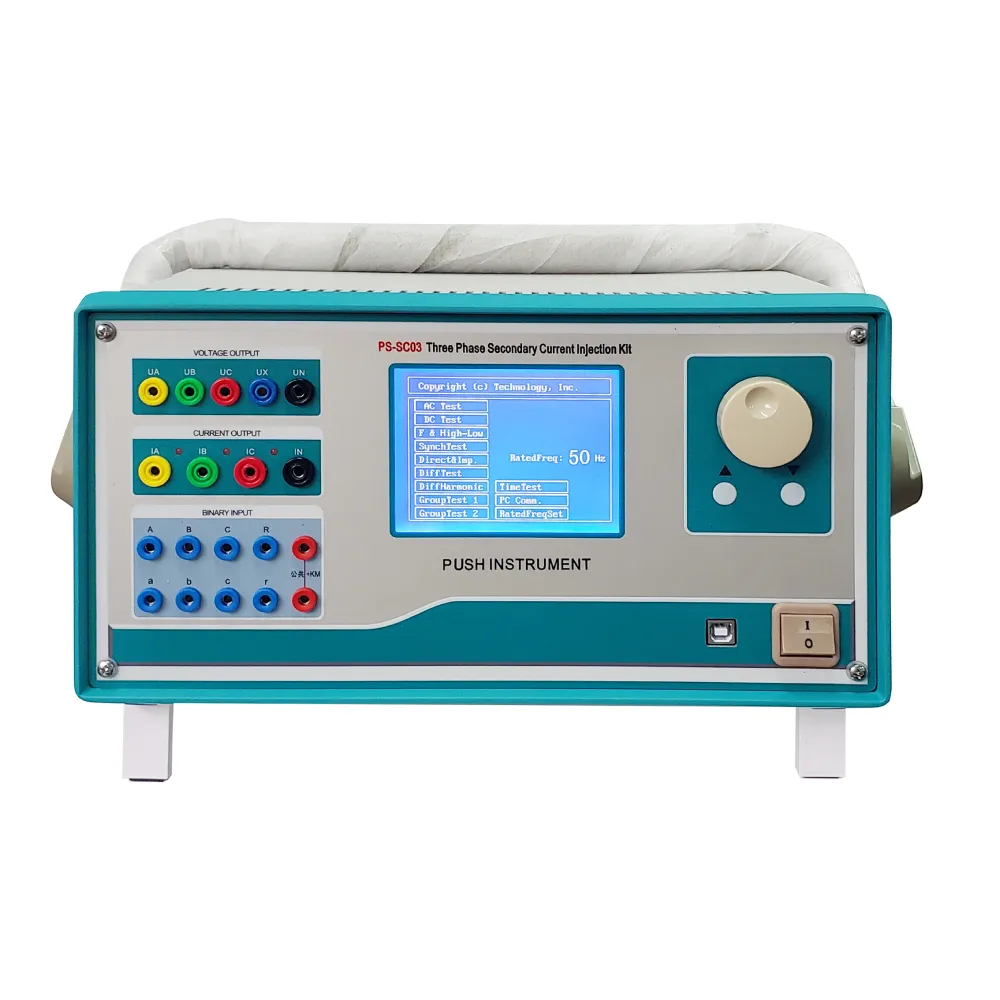 English
English



-
 Afrikaans
Afrikaans -
 Albanian
Albanian -
 Amharic
Amharic -
 Arabic
Arabic -
 Armenian
Armenian -
 Azerbaijani
Azerbaijani -
 Basque
Basque -
 Belarusian
Belarusian -
 Bengali
Bengali -
 Bosnian
Bosnian -
 Bulgarian
Bulgarian -
 Catalan
Catalan -
 Cebuano
Cebuano -
 China
China -
 China (Taiwan)
China (Taiwan) -
 Corsican
Corsican -
 Croatian
Croatian -
 Czech
Czech -
 Danish
Danish -
 Dutch
Dutch -
 English
English -
 Esperanto
Esperanto -
 Estonian
Estonian -
 Finnish
Finnish -
 French
French -
 Frisian
Frisian -
 Galician
Galician -
 Georgian
Georgian -
 German
German -
 Greek
Greek -
 Gujarati
Gujarati -
 Haitian Creole
Haitian Creole -
 hausa
hausa -
 hawaiian
hawaiian -
 Hebrew
Hebrew -
 Hindi
Hindi -
 Miao
Miao -
 Hungarian
Hungarian -
 Icelandic
Icelandic -
 igbo
igbo -
 Indonesian
Indonesian -
 irish
irish -
 Italian
Italian -
 Japanese
Japanese -
 Javanese
Javanese -
 Kannada
Kannada -
 kazakh
kazakh -
 Khmer
Khmer -
 Rwandese
Rwandese -
 Korean
Korean -
 Kurdish
Kurdish -
 Kyrgyz
Kyrgyz -
 Lao
Lao -
 Latin
Latin -
 Latvian
Latvian -
 Lithuanian
Lithuanian -
 Luxembourgish
Luxembourgish -
 Macedonian
Macedonian -
 Malgashi
Malgashi -
 Malay
Malay -
 Malayalam
Malayalam -
 Maltese
Maltese -
 Maori
Maori -
 Marathi
Marathi -
 Mongolian
Mongolian -
 Myanmar
Myanmar -
 Nepali
Nepali -
 Norwegian
Norwegian -
 Norwegian
Norwegian -
 Occitan
Occitan -
 Pashto
Pashto -
 Persian
Persian -
 Polish
Polish -
 Portuguese
Portuguese -
 Punjabi
Punjabi -
 Romanian
Romanian -
 Russian
Russian -
 Samoan
Samoan -
 Scottish Gaelic
Scottish Gaelic -
 Serbian
Serbian -
 Sesotho
Sesotho -
 Shona
Shona -
 Sindhi
Sindhi -
 Sinhala
Sinhala -
 Slovak
Slovak -
 Slovenian
Slovenian -
 Somali
Somali -
 Spanish
Spanish -
 Sundanese
Sundanese -
 Swahili
Swahili -
 Swedish
Swedish -
 Tagalog
Tagalog -
 Tajik
Tajik -
 Tamil
Tamil -
 Tatar
Tatar -
 Telugu
Telugu -
 Thai
Thai -
 Turkish
Turkish -
 Turkmen
Turkmen -
 Ukrainian
Ukrainian -
 Urdu
Urdu -
 Uighur
Uighur -
 Uzbek
Uzbek -
 Vietnamese
Vietnamese -
 Welsh
Welsh -
 Bantu
Bantu -
 Yiddish
Yiddish -
 Yoruba
Yoruba -
 Zulu
Zulu
Understanding Single Phase Power Analyzers for Efficient Energy Monitoring and Management
Understanding Single Phase Power Analyzers
A single-phase power analyzer is an essential tool for measuring and analyzing electrical parameters in single-phase power systems. These devices are widely used in residential, commercial, and industrial settings to ensure the efficient operation of electrical equipment and to maintain compliance with energy standards.
Understanding Single Phase Power Analyzers
One of the primary functions of a single-phase power analyzer is to calculate the power factor, which is a measure of how effectively electrical power is being converted into useful work output. A power factor close to 1 indicates efficient utilization of electrical energy, while a lower power factor suggests inefficiencies that could lead to increased electricity bills and strained electrical infrastructure.
single phase power analyzer

These analyzers come equipped with various features, including data logging, harmonic analysis, and remote monitoring capabilities. Data logging allows for the continuous recording of electrical parameters over time, which is crucial for identifying trends and anomalies. Harmonic analysis, on the other hand, is vital for assessing the presence of harmonics in the electrical system, which can distort the voltage and current waveforms, leading to overheating and reduced lifespan of equipment.
Moreover, modern single-phase power analyzers often include user-friendly interfaces, making it easier for technicians and engineers to interpret data and make informed decisions. Many devices also offer connectivity options, such as USB or Wi-Fi, for easy integration with computers and cloud-based monitoring systems.
Manufacturers of single-phase power analyzers emphasize the need for accuracy and reliability, especially in critical applications where even slight deviations can lead to severe consequences. Regular calibration and maintenance are advised to ensure these instruments provide precise readings over time.
In conclusion, single-phase power analyzers play a pivotal role in enhancing the efficiency and safety of electrical systems. By offering detailed insights into power consumption and quality, they enable users to optimize their energy use, reduce costs, and prolong the life of electrical equipment. As the demand for energy-efficient solutions continues to rise, the role of these analyzers will only become more significant in the realm of electrical engineering and energy management.
-
Ensuring SF₆ Gas Safety: Introducing PUSH’s Integrated SF₆ Analyzer for Dew Point, Purity, and Decomposition MonitoringNewsJul.10,2025
-
Exploring the Main Types of Industrial Endoscopes and Their Applications Across IndustriesNewsJul.04,2025
-
Testing Equipment Industry Sees Major Advancements in 2025: Smart & Precision Technologies Lead the WayNewsJun.06,2025
-
Applications of Direct Current Generators in Renewable Energy SystemsNewsJun.05,2025
-
Hipot Tester Calibration and Accuracy GuidelinesNewsJun.05,2025
-
Digital Circuit Breaker Analyzer Features and BenefitsNewsJun.05,2025



